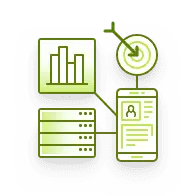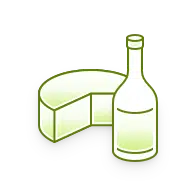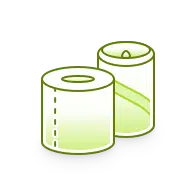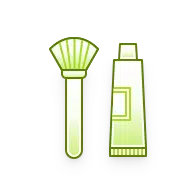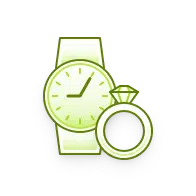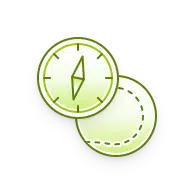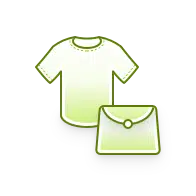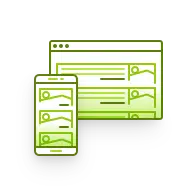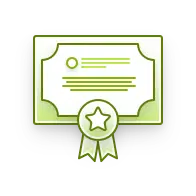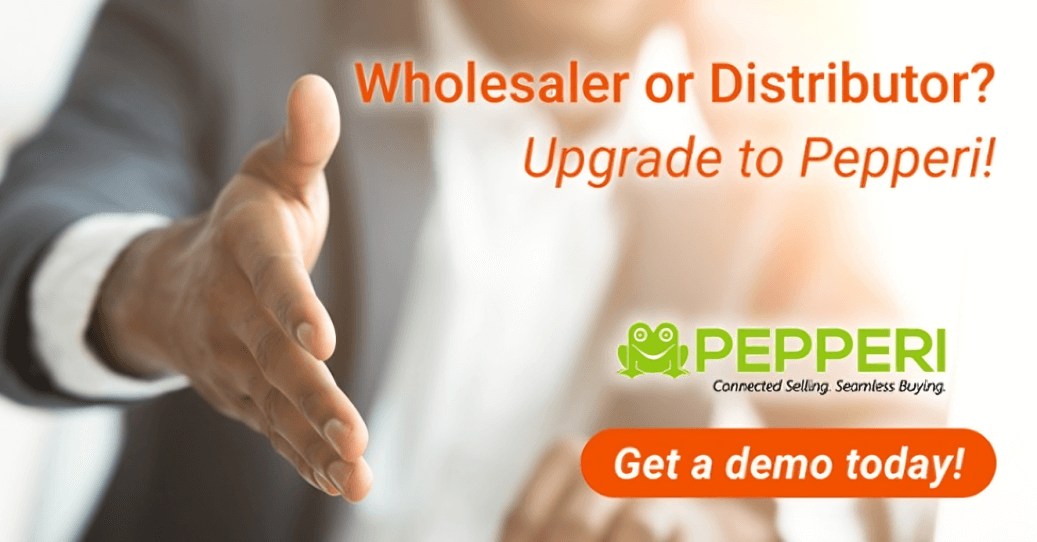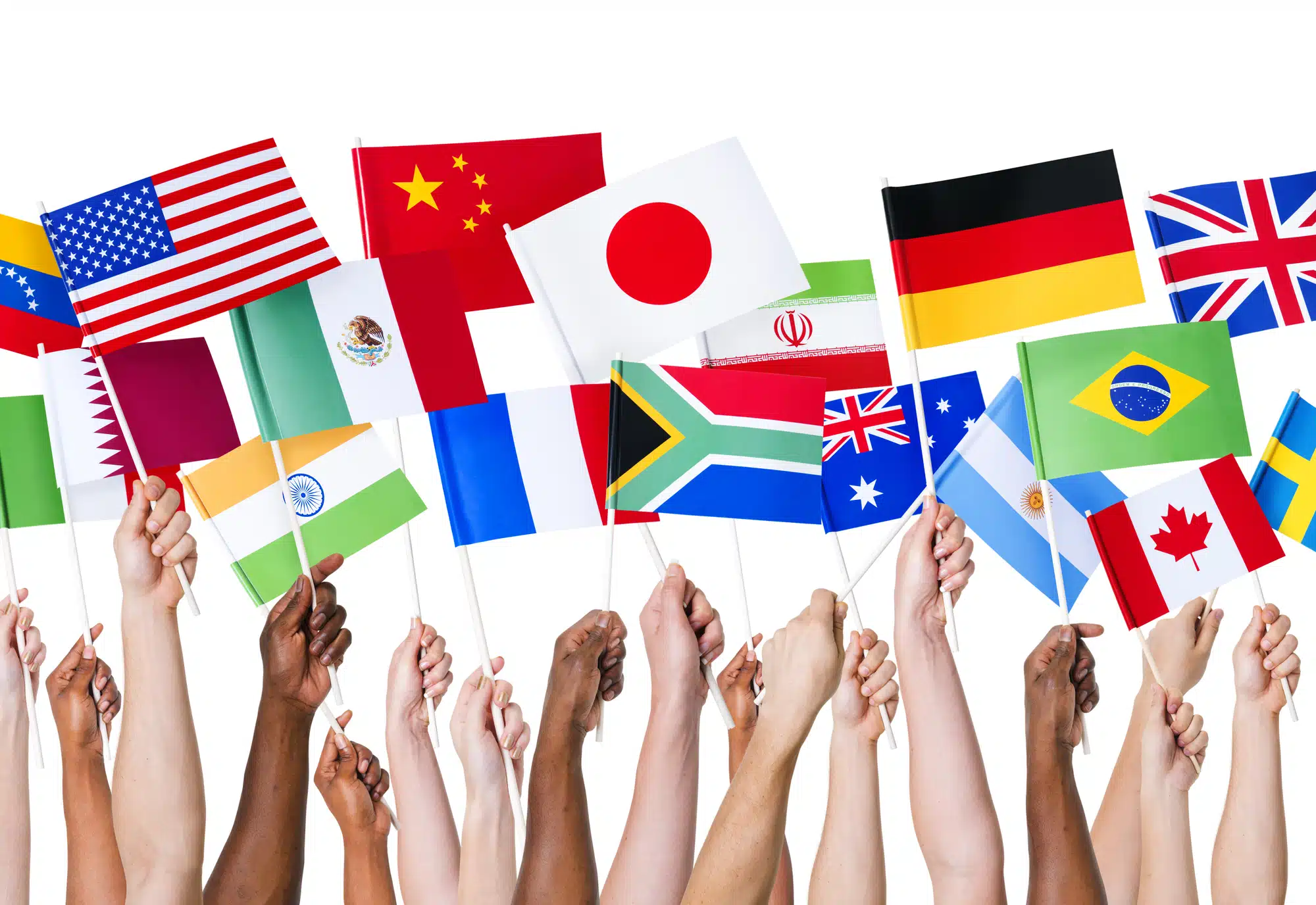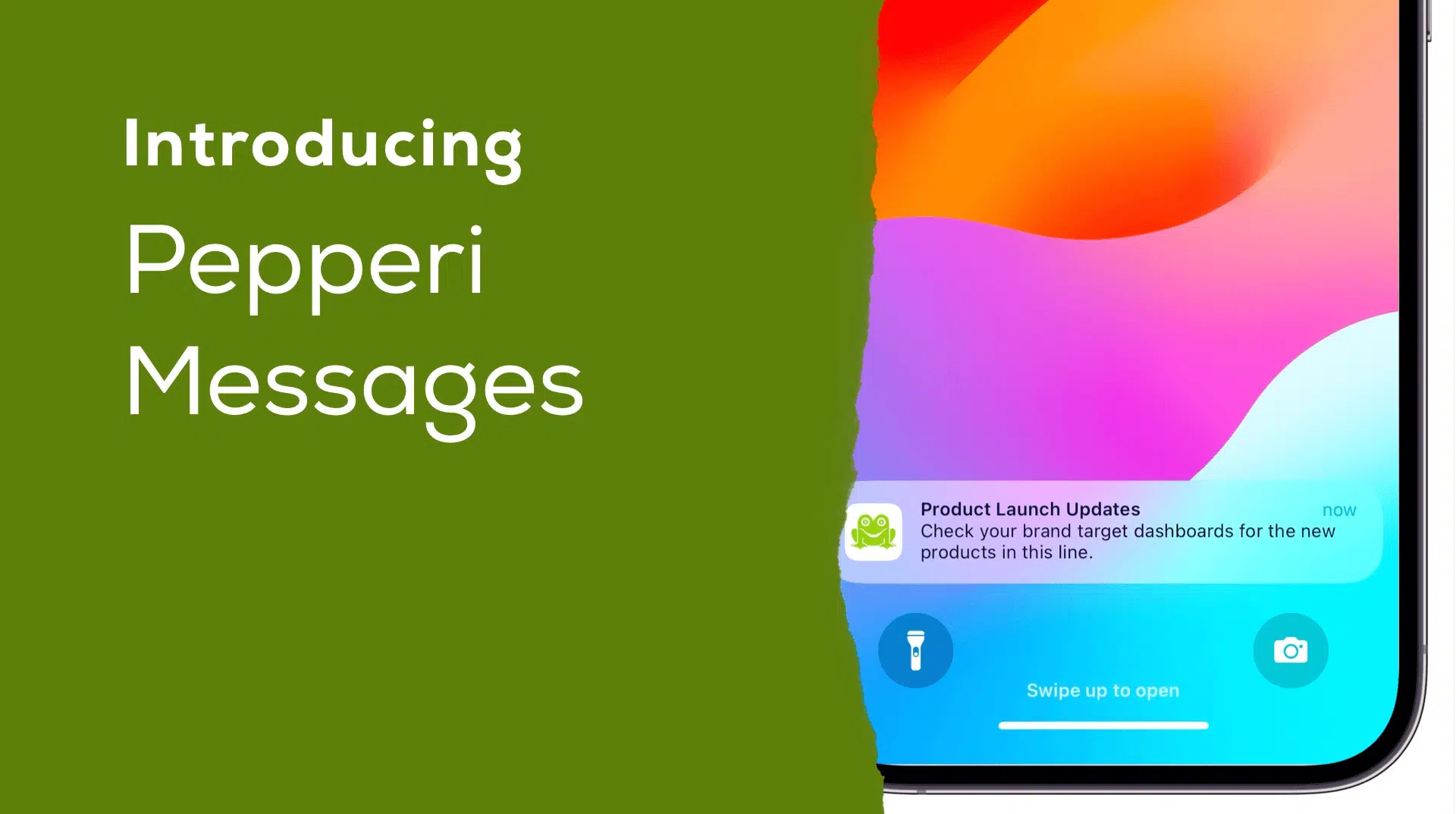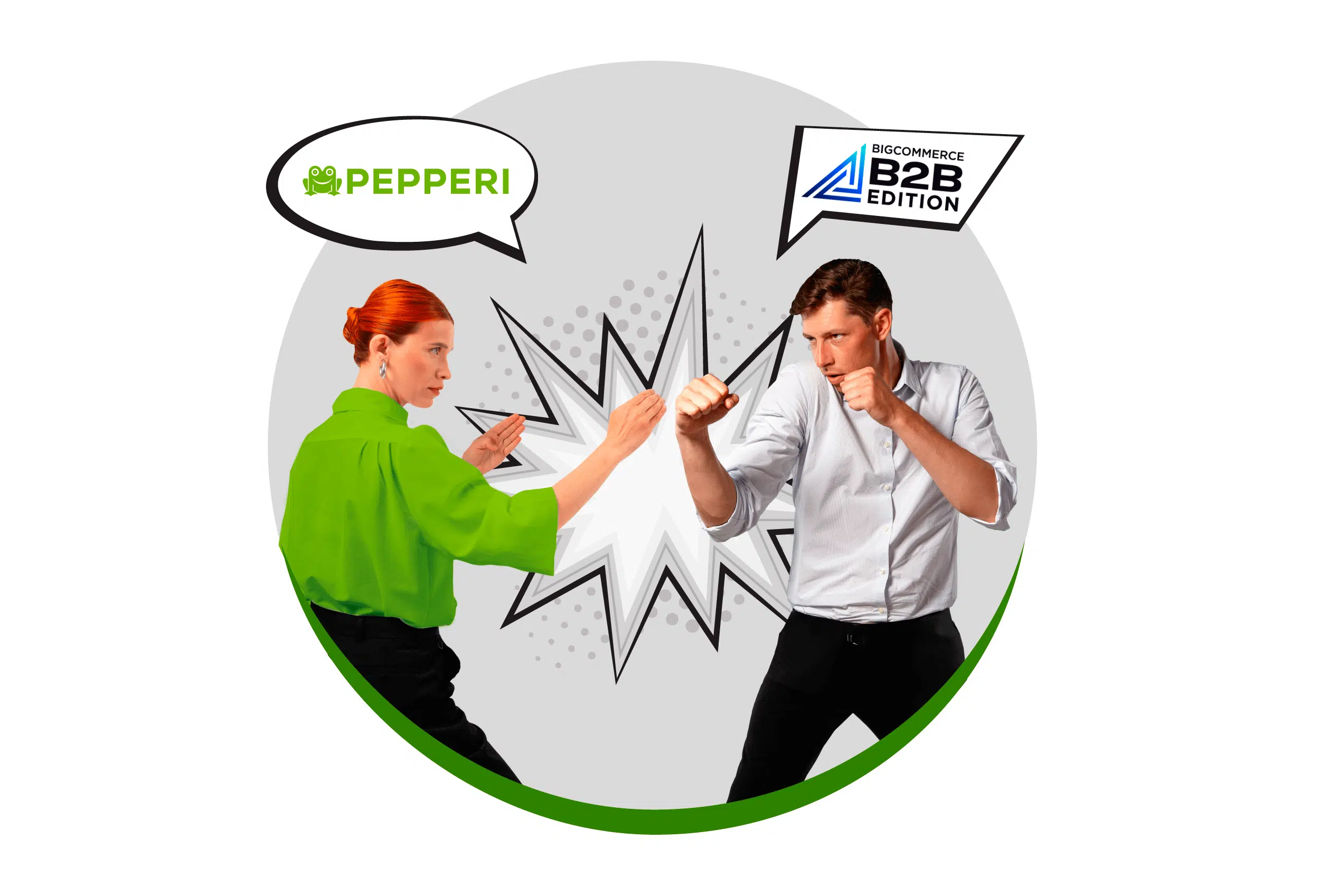What are B2B Trade Promotions? | Pepperi
September 23, 2021 By Stacey Woods
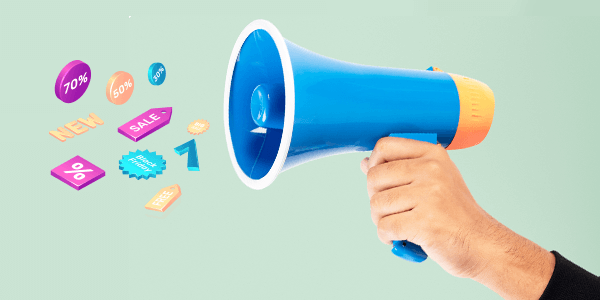
In the consumer goods space, successful brands and wholesale distributors realize the importance of trade promotions in their B2B commerce activities and use them to gain an edge. Trade promotions take many forms. They vary between offering markdowns when introducing new product lines, to creative ideas executed in stores such as motion sensing cardboard cutouts reacting to passing customers with a jingle.
But you can’t promote to B2B customers in the same way you would to consumers. Consumer promotions (often referred to as sales promotions) work by driving demand for a product or service, typically offering something to the consumer, such as a discount, a premium (free gift) and more.
Trade marketing involves B2B promotions focused on the supply side, incentivizing retailers to buy more products, so they are widely available to customers.
What is the definition of trade promotions?
Trade promotions are marketing activities and incentives offered by brands and wholesalers to their business customers – mainly retailers and convenience-stores (though those could also be other businesses such as hotels, restaurants and cafes) – with the intention of increasing the sales of their products within those channels, and on to consumers.
They also work by invigorating distribution and retail channels, so they become proactive about their consumer-facing promotional activities.
Types of B2B trade promotions
There are different trade promotion strategies that brands and wholesalers can use to highlight their products. These include:
1. In-store displays
End caps are a great tool to use to make sure your product stands out. They come at an additional cost as do point-of-purchase (POP) placements which are designed to encourage shoppers to impulse buy while waiting to pay.
There are many examples of in-store displays items that can be used including floor stickers, posters and banners, life-size display stands and in-person demonstrations of your product, all geared to capture the attention of shoppers.
2. Deals and discounts
The main decision-making criteria for most people when making a purchase is ’how much will it cost?’. And this is no less true in the B2B industry. Price is a major influencing factor in purchasing decisions, alongside product value for money, quality and availability.
As a result, deals and discounts are always a good tactic. The aim is to entice existing customers to buy more and encourage new customers to try your product (you may also need to discount stock if you are carrying too much inventory).
Deals and discounts can come in many forms – price reduction, a certain percentage off, tiered discounts (the larger the purchase, the greater the discount), or special offers such as buy X items get Y items (same or other) at a reduced price / % discount / free etc.
It’s vital your mobile sales app delivers personalized promotions depending on where each customer is, along their individual buying journey.
Timing is also crucial. Trade promotions should have clear, limited duration to drive a sense of urgency and speed up sales. Offer different promotions depending on the season and time of year, e.g: back to school offers or special Christmas discounts.
3. Bundles
Product bundles are another popular way for brands to increase their sales to their customers. There are many different examples of product bundles including those based on seasons, fashion, back-to-school events, Black Friday and Cyber Monday and more. Other examples, popular in the FMCG industry, food & beverage industry and in the beauty industry include preset bundles where products are packaged into a single offer e.g. buy 20 shampoos and 20 conditioners at a reduced price and dynamic bundles where buyers create their own bundles e.g. buy X items from a certain list, choose Y items from another.
4. Rebates
Rebates offer money back to your customers under special conditions. An example is when a percentage of the purchase price is returned by the brand to the buyer when they purchase a previously agreed quantity or value of goods within a specified time period. Rebates are given after payment contrary to discounts which are deducted at the time of purchase.
5. Sales contests
Sales contests provide incentives to retailers if they sell more of your products, either within a specific store or across branches, with the incentive being a gift or even a special bonus. Learn what motivates your retailers. Cash and gifts are fine, but some will be motivated by experiences or even opportunities to better themselves and continue to achieve (i.e. concert tickets, a day in a luxury Spa and more).
Related reading – How to create effective trade promotions (eGuide).
What are the advantages of trade promotions?
An increase in order size
According to research undertaken by Price Waterhouse Coopers, trade promotions can add 10-15% to your bottom line, when they are executed correctly. In addition, promotions expose products to your customers and can drive them to buy products they don’t usually purchase to better serve consumers. It also makes it easier to cross-sell and up-sell products.
Speeding up order to cash cycles
Every business needs to move quickly, and this is especially true with FMCG companies. Speeding up your sales means an increase in your revenue and also optimizes your supply-chain while minimizing costs. Use the sense of urgency or FOMO (fear of missing out), as a trigger to make the purchase and speed up sales.
Improved profitability
FMCG companies are always feeling the pressure from small profit margins and strong competition. But trade promotions are a real help. As the cost of sales for every opportunity is fairly consistent and the cost of goods is fixed, by selling more, your gross profit margins per sales activity actually increase.
Improved customer loyalty and building relationships
Another important aspect of customer satisfaction is that in times where online channels are growing and slowly overtaking direct engagements with sales reps, trade promotions are a tool/technique to guide buyers on their self-served buying journey.
There are clear benefits to trade promotions, but getting them right is easier said than done. Learn how leading brands and distributors plan and execute their trade promotions, listen to our free, on-demand trade-promotions webinar.
